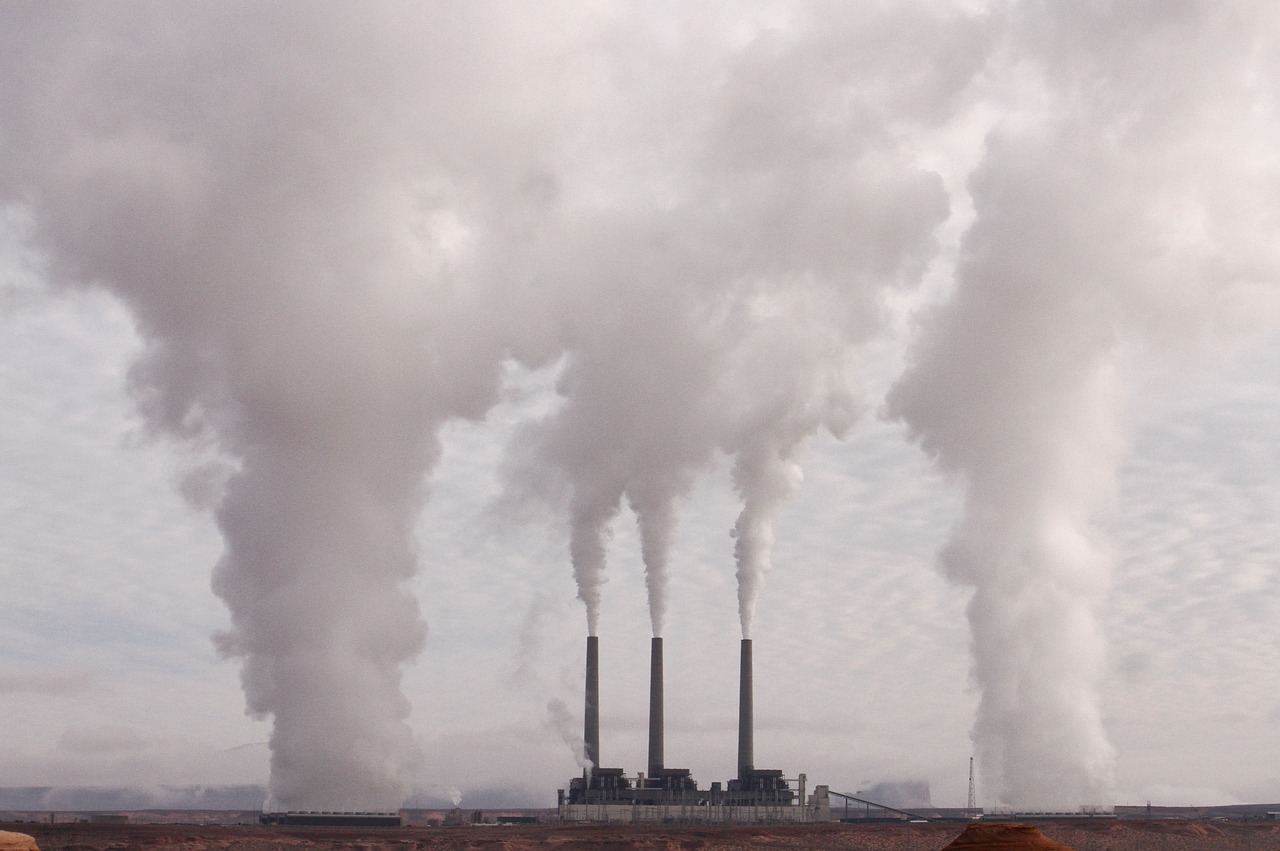
(Pixabay)

(Pixabay)
By Roxanne (Yanchun) Liu and Minghe Hu
WASHINGTON — The University of Michigan is investing millions of dollars to create technologies that capture carbon dioxide and turn it into commercial products, but some experts say this approach might not help reduce greenhouse gas or fit in well with the market demand.
The Michigan program, which received $4.5 million in seed money from the Michigan Engineering school and other fundraising activities, aims to build technologies that capture carbon dioxide directly from the air and find ways to convert the gas into commercial materials that private companies can used, the university said Wednesday. The goal is to extract the equivalent of 10% of current carbon dioxide emissions each year by 2030.
Currently, some companies seeking to offset the high cost of carbon dioxide capture sell the gas to food industries as raw material for carbonated drinks and dry ice used in food preservation, said Colin McCormick, chief technologist at Valence Strategic, a consultancy firm specializing in disruptive technologies and energy industries.
But carbon dioxide locked in those products evaporates after only a few days or weeks and cycles back into the air, which is contradictory to the conventional idea of storing greenhouse gas permanently.
“As you use [the captured carbon dioxide] and release it, you need to capture it and use it again; then it still helps,” said Volker Sick, a mechanical engineering professor at University of Michigan. “But if it’s not bound for long, the effect for the atmosphere is not good.”
Scientists have been exploring techniques to imprison carbon dioxide permanently in building materials such as concrete, said Sick, who leads the Michigan program, called the Global CO2 Initiative. The program has worked on using the gas to make high-flexibility concrete that can be used to build roads and bridges in areas with high risk of earthquakes, Sick said.
However, the concrete market may not be big enough to absorb the amount of carbon dioxide that can be captured, said Justin Ong, a policy associate at the ClearPath Foundation, a clean energy advocacy group.
He noted that technology companies are capturing carbon dioxide from power plants, which is cheaper than extracting the gas directly from the air.
“If we capture all of the power plant emissions from one coal power plant and turn that into concrete, it would pretty much meet the demand of concrete for the entire region,” Ong said. “If you’re talking about capturing emissions from multiple power plants and turning them into concrete, you will have so much concrete, but it would be worthless.”
The current technology that extracts carbon dioxide directly from the air can cost companies about $300 per ton, he said. However, the federal tax credit for capturing carbon dioxide and putting it into other commercial uses is only $35 a ton.
Even though some gas-to-product conversion technologies fail to remove carbon dioxide from the air permanently, they are still a good start, said Klaus Lackner, director of Center for Negative Carbon Emissions at Arizona State University.
By making a sustainable profit from the products, companies have incentives to continue testing and perfecting techniques that capture carbon dioxide, which will drive down costs for the new technology, Lackner said.
Apart from reducing the cost for carbon dioxide capture technology, companies also can look into opportunities to convert the gas into high-value materials, Sick said.
One possibility is carbon fiber, an expensive, lightweight material used in luxury bicycles and race cars. If automobiles and airplanes were made with carbon fiber-based materials instead of heavier steel and aluminum, they would require smaller engines and less fuel, Sick said.
“If there’s an interest in using carbon fiber and selling it for a large profit, then the use of CO2 actually becomes attractive,” Sick said.